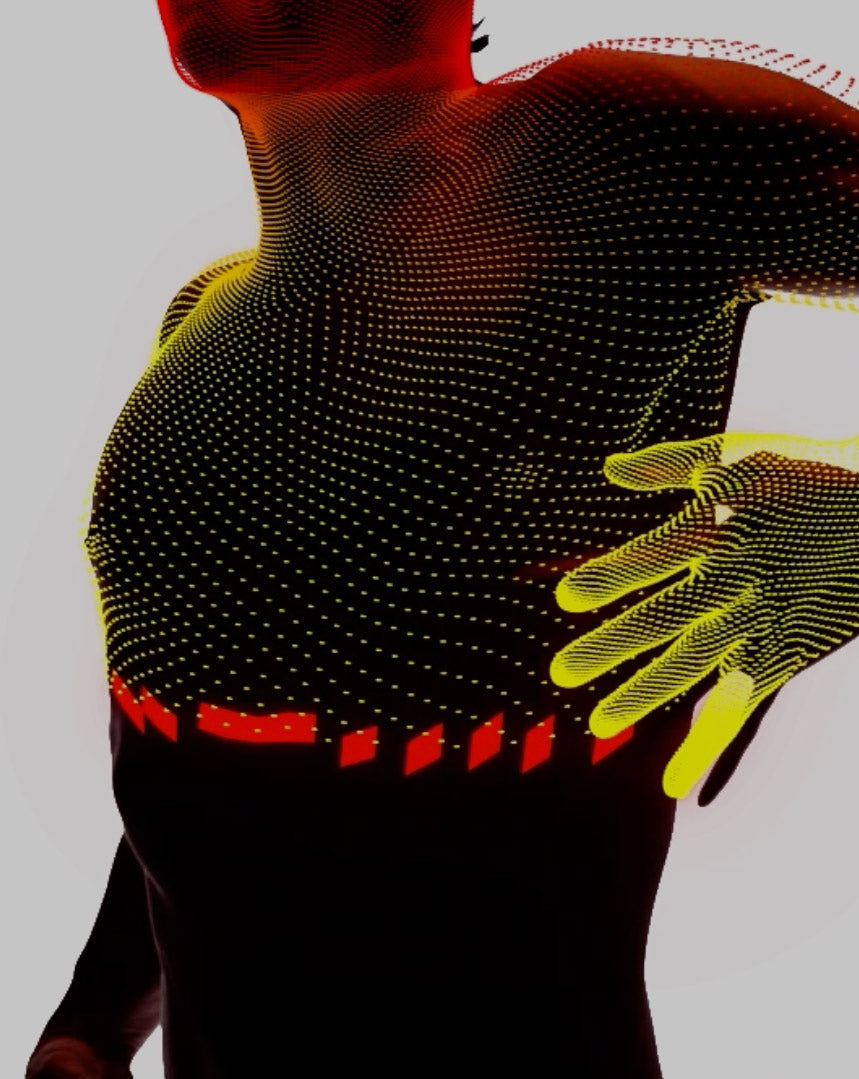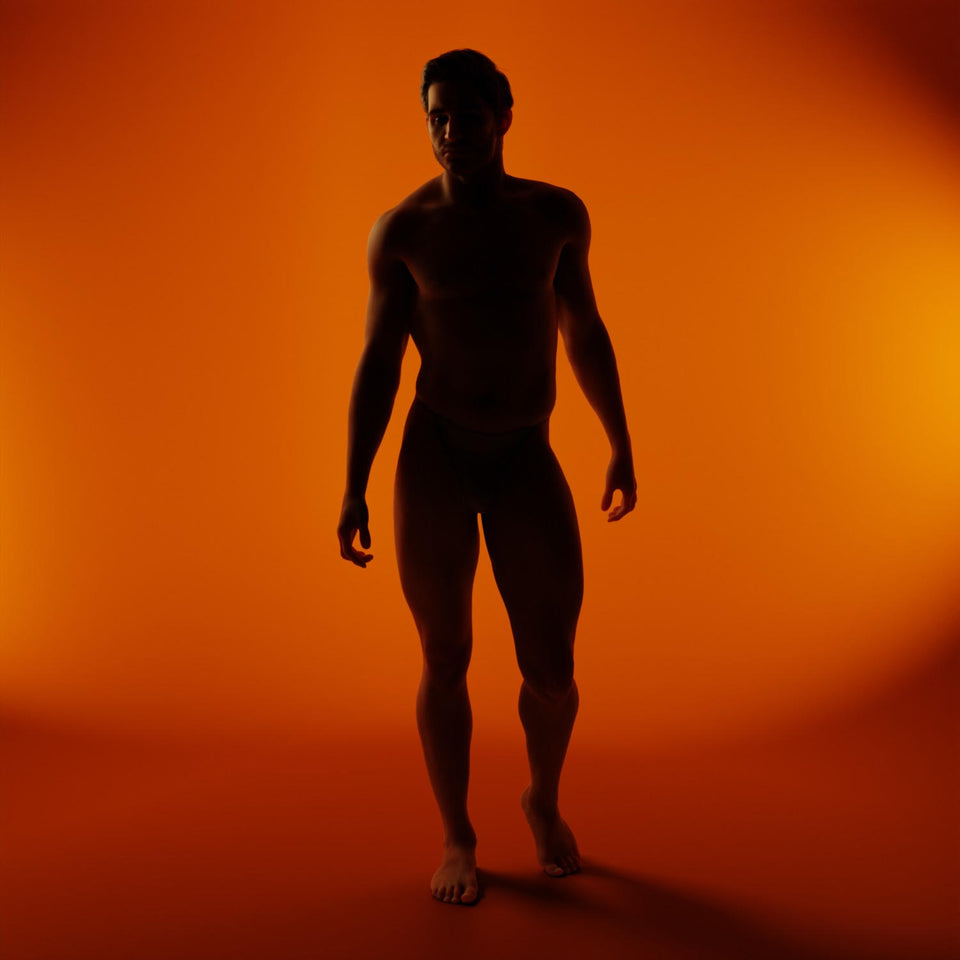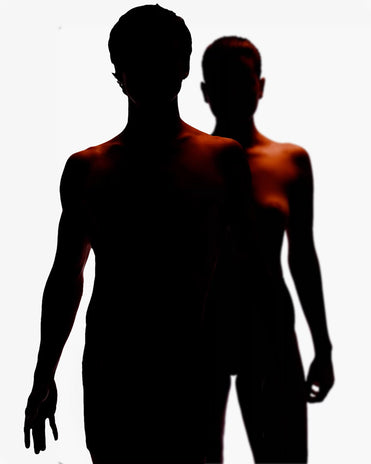Look up at the midday sun – it’s that colour of peak brightness, the bluest of blues. Sky Blue.
But why is the sky blue? Asks every toddler, ever. Well, sunlight looks white, but it’s actually the entire rainbow compressed. When light from the sun meets the Earth’s atmosphere, it bounces off the gasses and particles present and is scattered in all directions. Blue light has shorter, smaller waves, so it scatters the most. That’s why the sky is blue.
Blue is also ubiquitous: it’s with us from the midnight moon, across the deep blue seas and out to the horizons. It colours our melancholy and affects our inner rhythms.
Let's dive into the cool, calm wavelength of constancy.
LEDs celebrate

"Breakthroughs are born out of unusual circumstances." – Shuji Nakamura
Imagine a blue light disco without the blue lights. While red and green light-emitting diodes have been around for 50 years, blue LEDs are special. Problem-solvers tried to make them for decades without success and it wasn’t until 1992 that inventor Shuji Nakamura developed blue ones.
So what’s the big deal about such a tiny electrical component?
This innovation paved the way for revolutionary technology like the full-spectrum (ie white) LED light, which in turn brought better efficiency, lower running costs and less pollution. And for Nakamura, it was a Nobel Prize-winning achievement.
But although LED lights are more environmentally friendly than fluorescent or incandescent bulbs, they also produce more blue light.
And as it turns out, this blue light affects humans in profound ways.
Light up your life

If you’re considering using a blue light filter, statistics from Columbia University suggest that those who wear blue light filter glasses get an additional 50 minutes of sleep per week.
Light has long been linked to the circadian rhythms that regulate human activity, our hormones and the quality of our zzzzz’s. But it was only as recently as 1988 that scientists made the connection between blue light and our body clocks.
After finding a blue light-sensitive photoreceptor in fish, some clever clogs made the improbable jump from other vertebrates (fish) to humans. They tested their hunch with an experiment using genetically engineered mice and the results hinted that mammals did indeed have the same blue light-sensitive cells which made it official: blue light keeps us balanced.
Blue light is powerful.
Beyond keeping the beat of our natural rhythms, it also stimulates brain areas that affect our pupil size and quickness of mind. We’re like flowers that bloom with an unconscious perception of brightness to blue. Blue light can also alleviate some health conditions, from depression, dementia and eating disorders to PMS and seasonal affective disorder.
The boost we get from blue light is so pronounced that schools often paint the walls to promote better focus, whilst nursing homes employ it to mitigate memory loss. Shift workers can also benefit from blue light because even after decades on nightshift, the body clock can’t fight genetics honed across millennia. It’s the same reason that factories often use blue light to increase alertness.
But why blue light and not yellow?
We don’t know definitively, but these crafty receptors are calibrated to the same blue as, you guessed it, a cloudless sky. Coincidence? Maybe. But where’s the romance in that? And besides, loads of different animal groups are locked into the same environmental brightness.
So we’re calling it – blue sky becomes us.
Watt bright ideas?

Blue light passes directly through the back of the eye, triggering the nerve and causing eye strain. Our natural eye filter can’t protect our vision from harmful blue light. And since we’re more exposed to it than the UV, it’s proven to be more dangerous.
During the day, blue wavelengths are a good thing. They help you pay attention, react faster, and lift your mood. At night, however, blue light is a real bummer.
Most of us are no strangers to hours spent working on the computer or settling in for the nightly Netflix binge (you know it’s true). With the rapid surge of screens all around us, we’re now bathing in blue wavelengths long after the sun goes down.
Everyone’s body clock is different, but the average length of a circadian rhythm is 24.25 hours. If you’re a night owl, your rhythm is longer, if you’re up with the sparrows, it’s shorter.
In any case, it’s your exposure to daylight that keeps you in line with the environment, and light from your device doesn’t count. Here are the stats – being subject to 6.5 hours of blue light suppresses melatonin for twice as long and shifts circadian rhythms twice as much as exposure to green light of similar brightness.
So how can you block out the blue?
Use a red light as your night light, it’ll keep your rhythm and melatonin in check. Next, axe the Netflix at least 2 hours before you want to hit the hay. And if you do need to (or can’t not) look at a screen, make use of a blue light filtering app that warms up the overall colour spectrum.
Lastly – there’s one blue light barrier you can try – get your glasses on.
Some savvy spectacles filter out the blue wavelengths coming from your devices. Researchers exposed people to bright indoor light while wearing blue-light-blocking goggles and compared their melatonin levels to people exposed to dim light, sans goggles. Their levels were on-par which fortifies the theory that blue light subdues melatonin.
So, if you work nights or you’re a lover of burning the midnight oil, a pair of blue light-hindering goggles could become your energy-boosting bestie. Apart from that, make sure to make time for some sun, because daylight is the bee’s knees at keeping your inner clock happy.
Hey True Blue

The phrase ‘once in a blue moon’ isn’t about colour. Traditionally, there are 12 full moons, each year. Each season there should be three full moons, but occasionally there’s a fourth. This moon happens on average once every 2.7 years, and is known as a ‘blue’ moon.
Blue is many things besides the sky. Think of the ocean, dragonfly’s wings or the logo of literally every financial services firm in the known universe. We look to blue-chip stocks for fiscal fortitude because blue is considered to be calm, trustworthy and a beacon of authority. Yet, everyone also gets the blues once in a while.
Blue embodies not so much contradiction, but dichotomy.
It’s the blue-collar of the working class and the royal hue of the blue-bloods. It’s the all-encompassing sky and the rarest occurring colour in nature. And across every culture, blue is always the last colour to be given a formal name, regardless of language. Yet, blue is the #1 colour as voted by 35% of humans across the globe today.
There’s a reason it’s called blue sky thinking.
So live life without limits, don’t let pragmatism or practicality pull you down. Wear the all-and-everything oneness of this colour and feel part of something bigger with a Magic Fit® Tee in limited edition Sky Blue.










